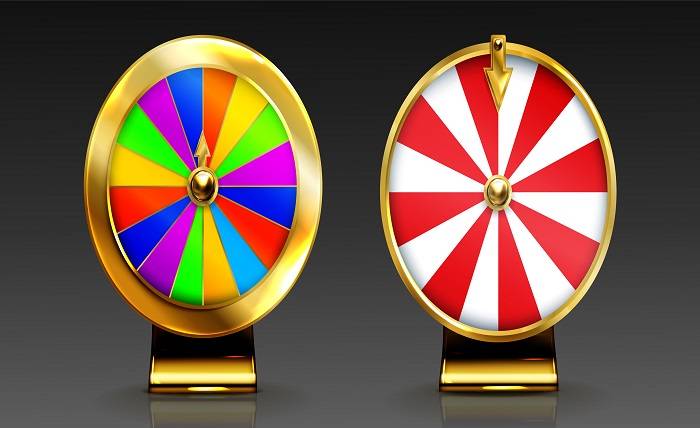Lottery is a form of gambling where numbers are drawn randomly to generate a set of numbers to determine the winning ticket. Most state lotteries in the world are legalized forms of gambling along with horserace betting.
Sometimes we are awestruck by the amount of jackpot prizes these days with some even getting past the 1 billion mark like in Powerball, MegaMillions and 4D. If you are wondering how lotteries sustain the continuity of the business despite presenting huge amounts of prizes, we are here to explain it to you.
What is the source of the prize money?
The answer is pretty simple, the lottery jackpot prizes came from the revenue generated by the sales of the lottery tickets.
For example, if the cost of a single ticket is $1 and there are 100 million tickets sold, then the prize money is also set to $100 million. The amount of the total prize money is usually dependent on the number of tickets sold to the players.
Typically, all of the ticket proceeds will go to the prize pool. The big chunks of the ticket sales goes to the top prize, while another percentage will be allocated to the lower prize tiers. However, only one third of the prize pool is being used in the payouts, the rest goes to the government costs and chosen charity.
In fact, you can visit the official websites of the lottery operators and you will find the information you will need regarding the source of lottery funds and how it is being allocated.
How do lotteries sustain the business?
Like we mentioned above, not all of the generated sales are being used to pay the winners of the lottery. A big chunk of it is mostly being used for the continuity of the lottery operation. Only one third of the revenue is being used as prize money.
Additionally, there is also an essential mechanism that you need to be aware of when it comes to the source of the lottery fund. People who play the lottery regularly know the concept of rollover in many lottery games. A rollover allows the prizes that were not claimed in 4d results to be added to the prize of the next draw.
Nevertheless, some of the money generated in one lottery draw via ticket sales will be transferred to the next draw to make the amount of the prize higher. However, usually there is a limit on the number of times a rollover occurs.
For example, if a lottery has a rollover cap for three draws, the amount of prize will revert back to its original amount if the prize is still not claimed after three drawings. Usually, the jackpot that was accumulated will roll down and it will be allocated among the winners in the lower tiers of the prize distribution structure.
Transparency in lottery
It is important that lottery operators are transparent when it comes to where the money comes from and where it goes.
The distribution system varies from one lottery game to another, so it is important that you check out first what rules apply when it comes to prize distribution to the lottery game that you play often.
To know more about these things, you can visit the official website of the lottery operator of the game that you participate in often. Also, check for a license to ensure that they are operating legally under the gambling laws in your country.
Final words
A lot of lotteries right now offer humongous prizes that sometimes make us curious to know how they manage sustaining the business with that huge payout. Now that you know how lotteries work, you can now choose the lottery that you want to participate in.









